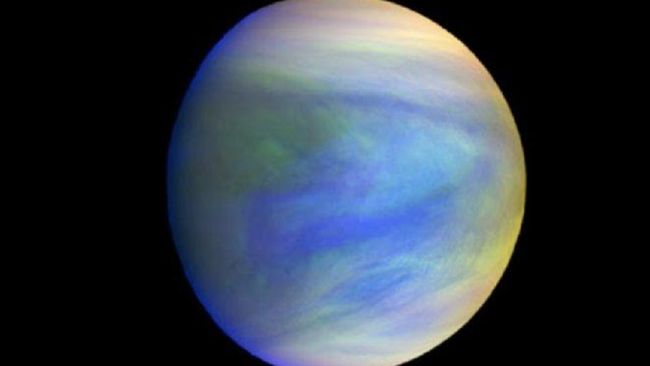Jakarta, CNBC Indonesia – The United States National Aeronautics and Space Administration (NASA) said it was ready to launch a mission to Planet Venus between 2028 and 2030 on Wednesday (2/6/2021).
Reporting from Reuters, the first plan in decades will be to study the atmosphere and geological features of Venus, and to understand how it differs from Planet Earth.
NASA will provide approximately US$ 500 million or Rp. 7.1 trillion (assuming Rp. 14,200/US$) each to develop the two missions dubbed DAVINCI+ (Deep Atmosphere Venus Investigation of Noble Gases, Chemistry and Imaging) and VERITAS (Venus). Emissivity, Radio Science, InSAR, Topography and Spectroscopy).
DAVINCI+ will measure the composition of Venus’ dense greenhouse atmosphere to better understand how it evolved. Meanwhile VERITAS will map the planet’s surface from orbit to help determine its geological history.
DAVINCI+, which consists of a flying spacecraft and atmospheric descent probe, is expected to take the first high-resolution images of the unique geological characteristics on Venus called ‘tesserae’. Scientists say the feature may be comparable to Earth’s continent, so they believe Venus has plate tectonics.
This closest planet to Earth and the second planet from the sun has a similar structure but is slightly smaller than Earth and much hotter. Above the landscape is a thick, toxic atmosphere made up of carbon dioxide, with clouds of sulfuric acid droplets.
The consequence is the greenhouse effect that scorches the surface of Venus at temperatures as high as 880 degrees F (471 centigrade). It’s hot enough to melt lead. The air on Venus is also so dense and pressurized that it behaves more like a liquid than a gas near the surface.
Even so, scientists believe Venus may have harbored a sea of surface water that could potentially be suitable for life. This was before an unknown force triggered the extreme greenhouse effect, evaporating its oceans.
“Venus is the ‘rosetta stone’ for reading the record books on climate change, habitability evolution and what happens when a planet loses its ocean surface over a long period of time,” James Garvin, chief scientist for NASA’s Goddard Space Flight Center in Maryland, said in a statement. statement.
In recent times, Venus has received less scientific attention than the Planet Mars, the next closest planet to Earth, where NASA Perseverance’s astrobiology lab landed in February 2021.
“We’re reinvigorating the planetary science program with intense exploration of a world NASA hasn’t visited in more than 30 years,” said Thomas Zurbuchen, NASA’s associate administrator for science, in a statement announcing the mission.
NASA’s Magellan spacecraft, which reached Venus in 1990, made the first global map of the Venusian surface and mapped the planet’s gravitational field.
In 1994, Magellan was sent plunging to the surface of Venus to collect atmospheric data before ceasing operations. The DAVINCI+ lineage probe, although more sophisticated, will meet a similar fate.
(dru)
– .


